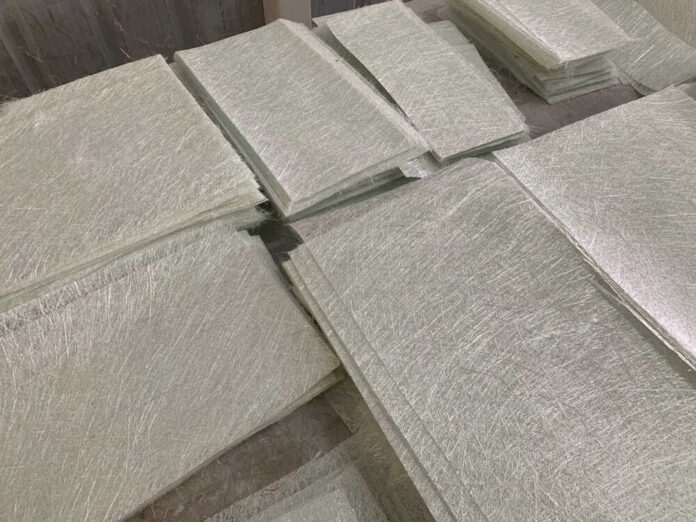
Fiberglass is a material that many of us may not fully understand, yet it permeates our everyday lives.
It’s a composite material, crafted from incredibly fine fibers of glass. Because of its versatile properties—strong yet lightweight, resistant yet flexible—it has a broad array of applications, from insulation to the automotive industry, and, perhaps surprisingly, even in our mattresses.
Why Fiberglass Is Used in Mattresses
Fiberglass has a particular role in the mattress industry, owing largely to one of its core properties—its resistance to heat. Most mattresses contain some form of a fire barrier to comply with federal flammability standards. Due to its high melting point, fiberglass serves as a cost-effective fire retardant layer.
However, while it meets safety regulations, the use of fiberglass in mattresses brings about its own set of concerns, primarily when it becomes airborne.
Health Risks Associated with Fiberglass
Airborne fiberglass particles can pose significant health risks. These small particles can be inhaled or come into contact with the skin, leading to several health issues.
Inhaling fiberglass particles can cause respiratory problems, such as coughing, wheezing, and shortness of breath, and prolonged exposure may lead to more serious conditions like lung damage.
When these particles come into contact with the skin, they can cause irritation and rashes. Fiberglass particles can irritate the eyes, leading to redness and discomfort.
The Problem with Fiberglass in Mattresses
Fiberglass in mattresses isn’t inherently harmful as long as it stays encased within the mattress layers. The problems arise when it escapes.
This can happen through wear and tear or when the mattress cover is removed, which is often the case when people try to clean their mattresses. Once fiberglass particles are airborne, they are likely to cause health issues.
How to Check If Your Mattress Has Fiberglass
To determine whether your mattress contains fiberglass, start by checking the mattress label. It should list all materials used, including any fire retardants.
If you see fiberglass, glass fiber, or similar terms, your mattress contains this material.
If the label is unclear or unavailable, reach out directly to the manufacturer or retailer for clarification.
Do not open or remove the mattress cover in an attempt to check for fiberglass, as this can cause fibers to become airborne.
Safe Alternatives to Fiberglass
If you discover that your mattress contains fiberglass and you’re concerned about potential health risks, there are safer alternatives.
Many mattress manufacturers use natural materials such as wool, which has inherent fire-resistant properties. Other manufacturers use fire barriers made from rayon or other synthetic fibers treated with safe fire-retardant chemicals.
When shopping for a new mattress, research and ask about all materials used, including any fire retardants.
Preventing Fiberglass Exposure
Preventing exposure to fiberglass involves a few practical steps.
- Don’t remove the cover of a mattress that contains fiberglass, as this increases the risk of exposure.
- If the mattress needs cleaning, spot clean the surface instead of attempting to wash the entire cover.
- Consider using a mattress protector, which provides an extra layer of defense against potential fiberglass exposure.
Understanding What’s in Your Bed
Being mindful of what lies beneath our sheets goes beyond comfort and support. It extends to understanding the materials used in our mattresses and their potential impact on our health.
By being informed and proactive, we can ensure that our beds remain not only a place of rest but also a place of safety.






















